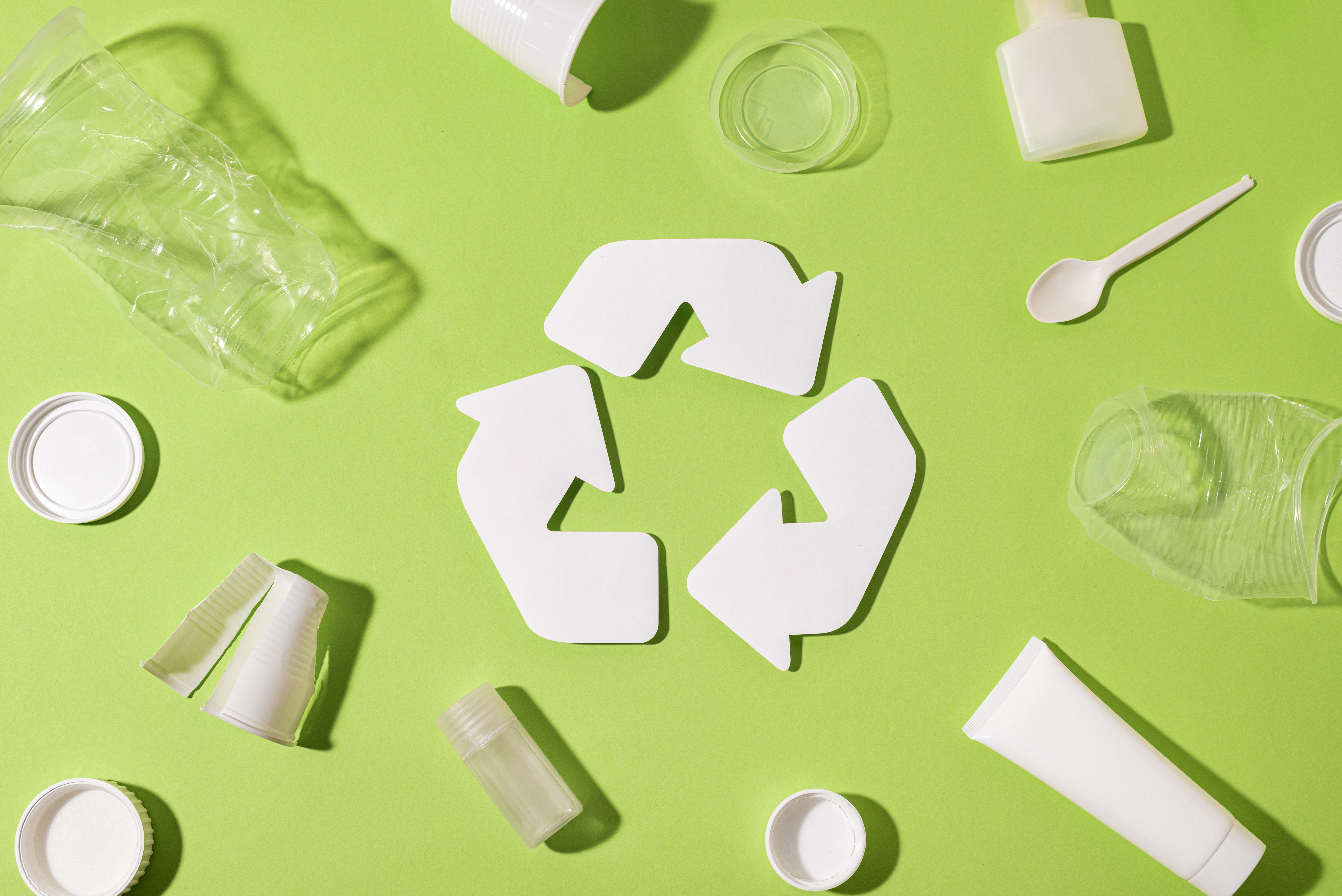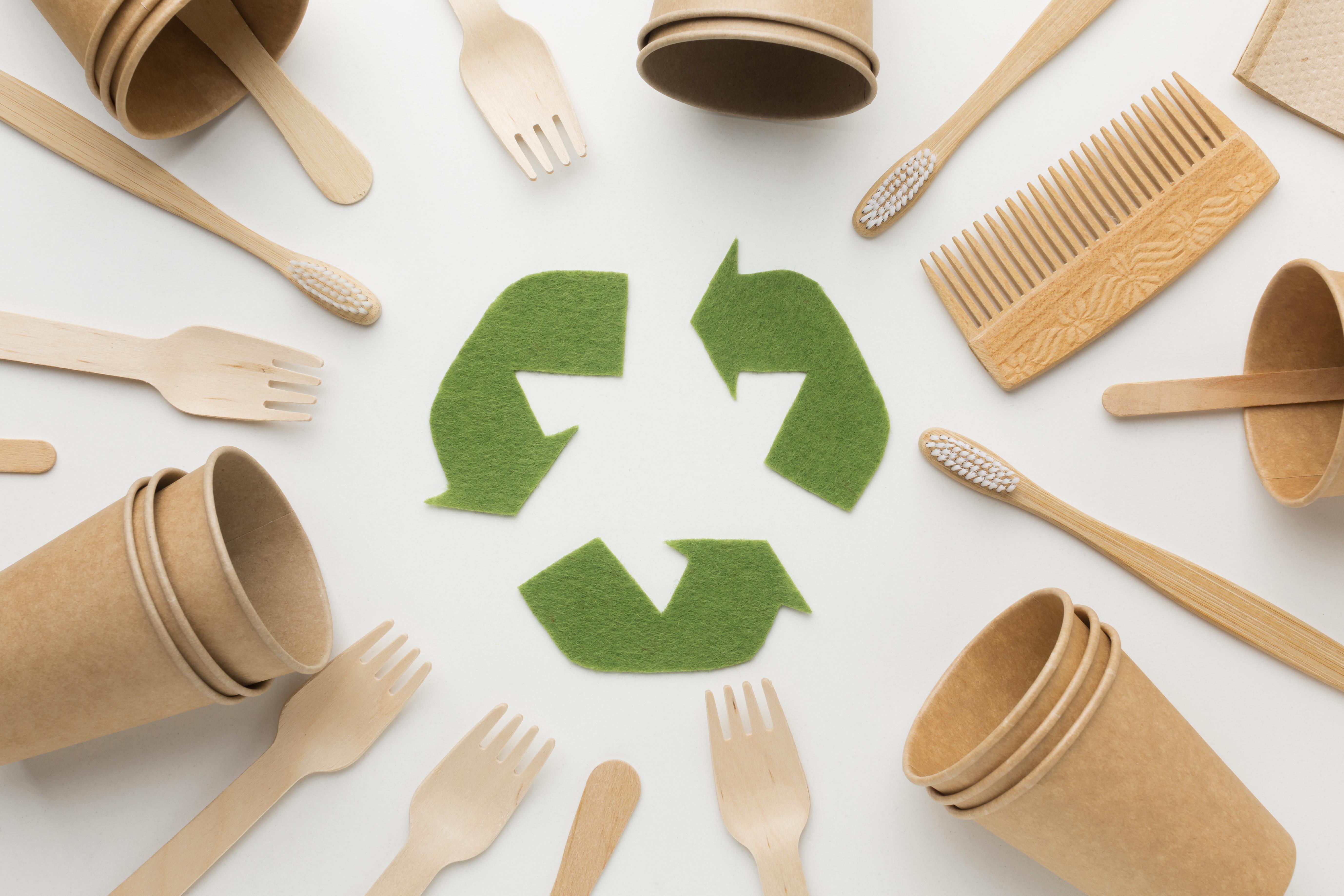Recyclable vs Biodegradable Plastics: Which is the True Path to Sustainability?
Plastic overuse and pollution have become global environmental challenges, making the search for more eco-friendly alternatives increasingly urgent. “Recyclable plastics” and “biodegradable plastics” are often seen as solutions, but a deeper look reveals that this is not a simple either-or question — it's a complex sustainability consideration.
♻️ Recyclable Plastics: Finding Value in the Circular Economy
The concept of recyclable plastics lies in collecting and reprocessing plastic waste into new materials, reducing the dependence on virgin resources. Common types such as PET, HDPE, and PP can be transformed into various new products under a well-developed recycling system.
Advantages:
Challenges:
🌱 Biodegradable Plastics: Hoping to Disappear into Nature
Biodegradable plastics are designed to break down into carbon dioxide, water, and biomass through microbial activity under specific environmental conditions — usually in industrial composting facilities. Conditions such as pH, oxygen levels, moisture, and temperature (often between 50–60°C) must be carefully controlled. Common types include PLA, PHA, and starch-based plastics.
Advantages:
Challenges:
There is no single “holy grail” of eco-friendly plastics. Both recyclable and biodegradable plastics have their strengths and limitations. The key to recyclable plastics lies in improving recycling rates and system efficiency. For biodegradable plastics, overcoming degradation constraints and ensuring true environmental benefits are essential.
🚫 Reducing Single-Use Plastics: The Fundamental Solution
More importantly, we must recognize that plastics should not be overused. Choosing safe, durable, and reusable products — and minimizing single-use plastics — is a more fundamental step toward environmental protection.
In line with this, Taiwan’s Environmental Protection Administration announced that starting August 2023, eight types of venues — including public institutions, schools, department stores, shopping centers, hypermarkets, supermarkets, convenience store chains, fast food chains, and dine-in restaurants with physical storefronts — are prohibited from providing disposable tableware made from PLA, such as cups, bowls, plates, and food containers. This policy marks the first step in banning and restricting PLA.
Understanding the different properties of plastics, supporting comprehensive recycling systems, and remaining cautious about “biodegradable” labels are key to making smarter decisions and moving together toward a more sustainable future.
